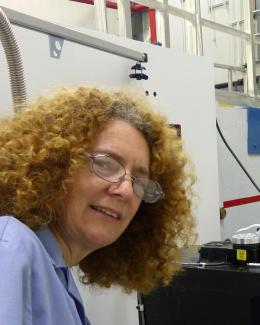Abstract
The thermodynamic properties of 1- and 2-phenyl substituted polyaromatic hydrocarbons have been measured and estimated under conditions relevant to heat transport applications almost to the critical point. Densities, vapor pressures, and heat capacity measurements were used to derive critical temperature, pressure and density for the phenylnaphthalenes. The thermal and radiolytic stability of 1-phenylnaphthalene was examined using thermogravimetric analysis, differential scanning calorimetery, and gamma irradiation. Low vapor pressure and resistance to thermal decomposition may make phenylnaphthalenes suitable for heat transfer applications involving parabolic solar collectors. In particular, 1-phenylnaphthalene has an advantage over high temperature inorganic salts for applications up to 800 K because it is a liquid at temperatures at or close to ambient. Thermal cycling would have to be restricted to temperatures below the critical point to avoid degradation of the fluid. Radiation stability was also tested by a 100 kGy irradiation of 1-phenylnaphthalene in a Co-60 irradiator. NMR analysis indicated 1.7 mol.% degradation, which although lower than observed for tributylphosphate/kerosene benchmark fluids for nuclear applications, is higher than that seen in imidazolium ionic liquids.




